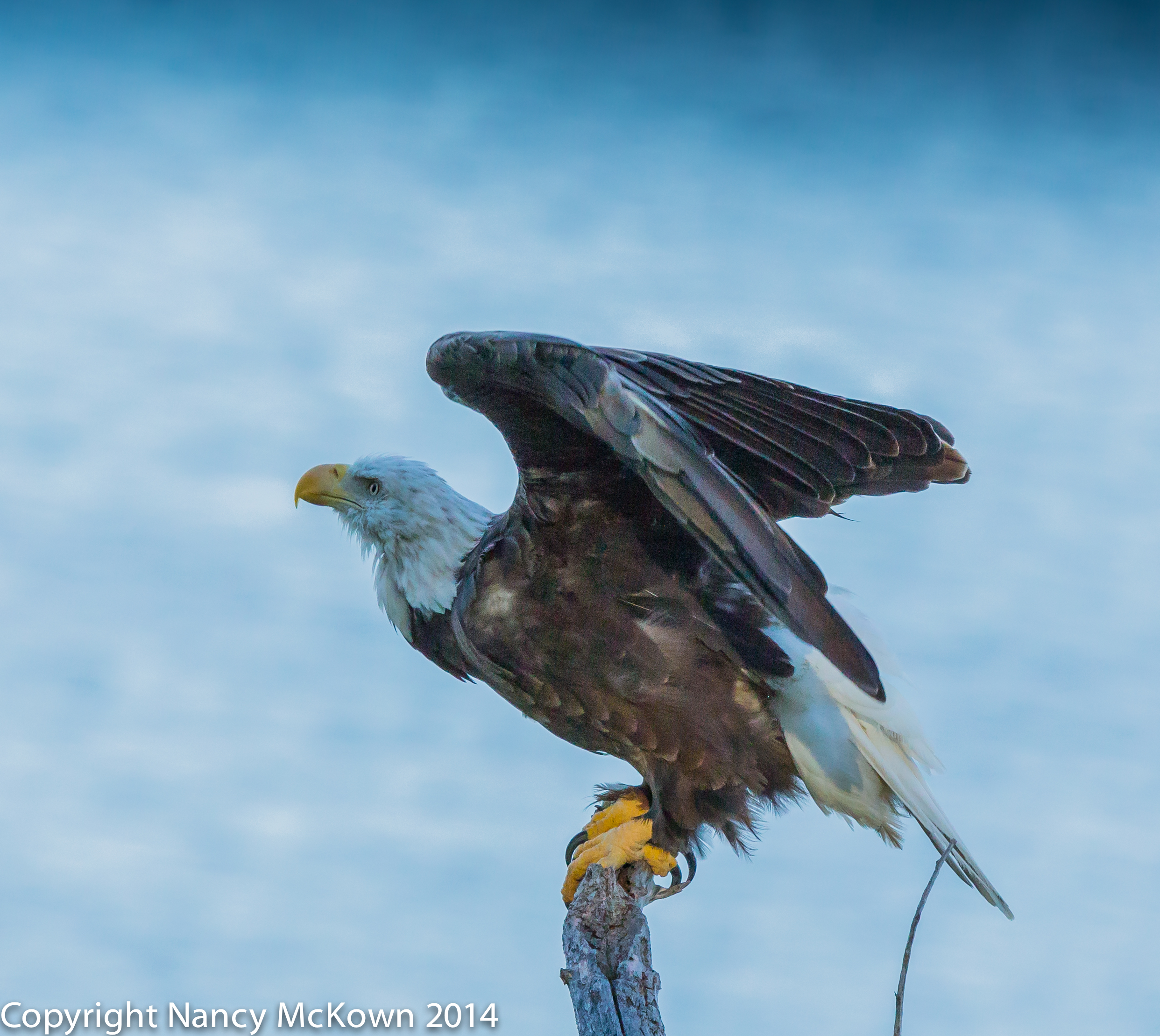Photographing Unexpected Encounters
It was very early. The sun had yet to peak over the trees when I was driving down Lakeshore Drive. From a distance, I saw the eagle in the dead tree that I (and most of the crows in the area) have designated as my hotspot for seeing raptors.
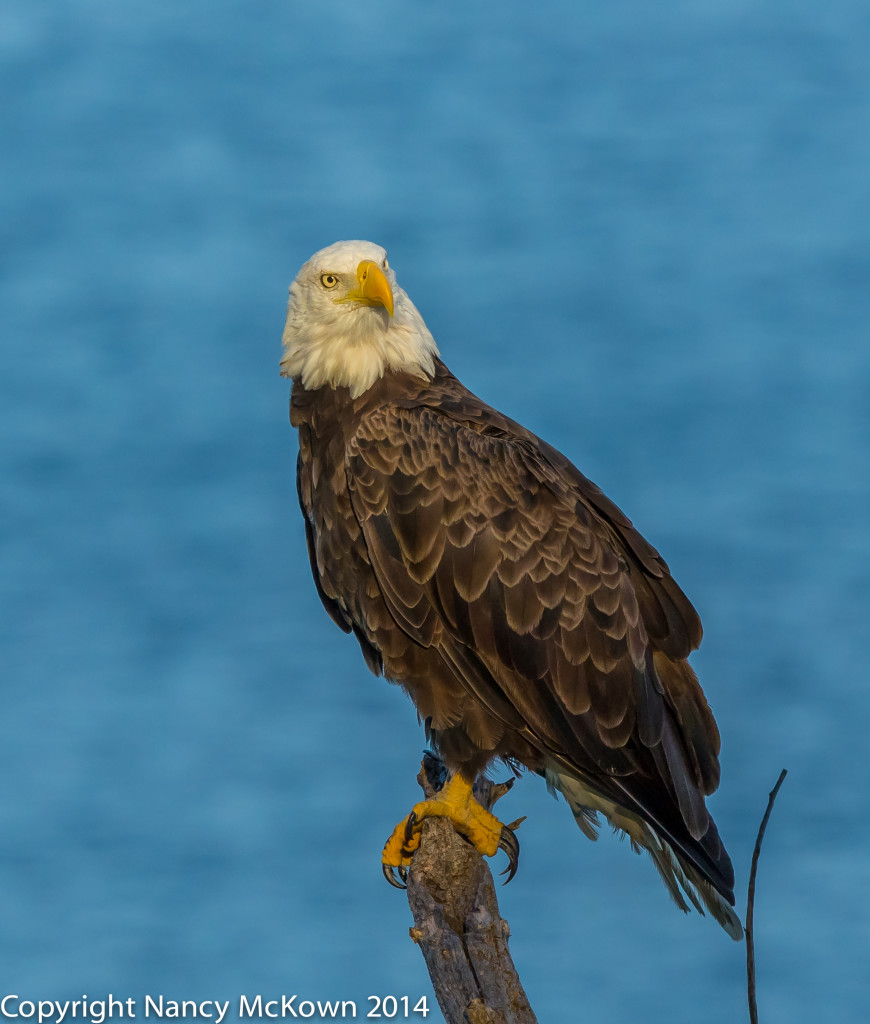
ISO 800; F/10; 1/1250 Second
Always Bring That Camera
I always try to bring my camera with me, even if I’m running errands. It is a hassle and most of the time it stays in the bin, but once in a while I get lucky. This was one of those mornings. My new 500mm f/4.0 Canon lens was attached to the camera, along with a 2x teleconverter. I positioned my camera on the door window ledge and rode the car brake, slowly approaching the tree. I wanted to begin shooting immediately.
Prime Lens or Zoom
I knew the minute I stopped the car that I was too close for the extender. I took a dozen or so tight body shots with the extender attached so I wouldn’t miss the shot entirely if the eagle bolted. These are such big birds. I had to rotate the camera and lens (90 degrees) to portrait mode to get the whole bird in the shot. Not difficult as long as I had the car door window upon which to rest the heavy lens. I then quickly removed the 2x extender. NOTE: Even without the extender attached I was still close enough to clip the eagle’s wings as he leaped from the branch. This would have been a great time to have a zoom lens.
Essential Lens for Bird Photographers
Birds around Southwest Michigan are neither tame nor trusting. Consequently, a good 500 mm lens, preferably with image stabilization, is essential equipment for serious photographers. This prime monster lens doesn’t have the magnification range and convenience of a zoom lens for image composition, but it makes up for it with stellar optical quality. The distance allows you to get natural looking shots with beautiful backgrounds. Removing an unneeded 2x extender as I had to in this photo shoot took only seconds.
Let me clarify what I mean by “distance”. You still have to get fairly close with this lens – within 50 feet, preferably closer, to get optimal results. The farther the distance between your lens and the bird, the more you will have to deal with image quality degradation. The Canon 1.4x and 2.0 extenders do an excellent job adding that extra reach. The image quality on the extenders is very good, but both extenders (especially the 2x) slow down focusing speed. See this post for more information on extenders.
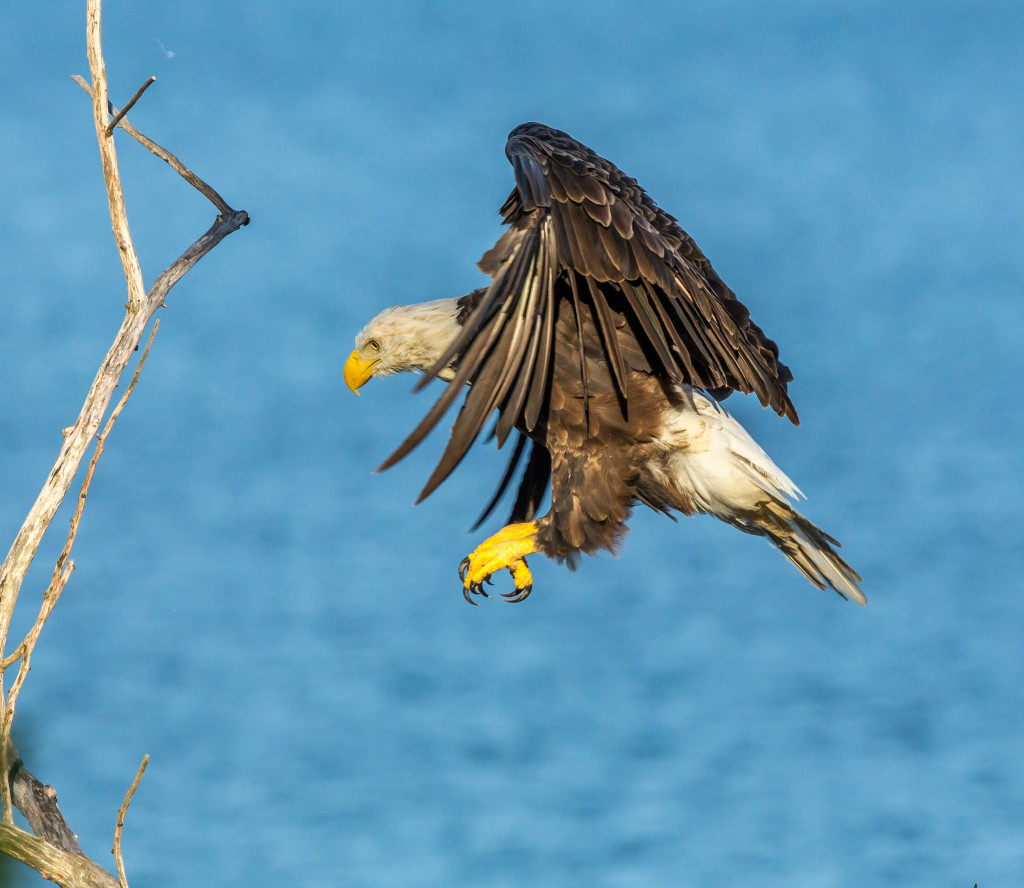
ISO 1000; f/10; 1/2000 Second
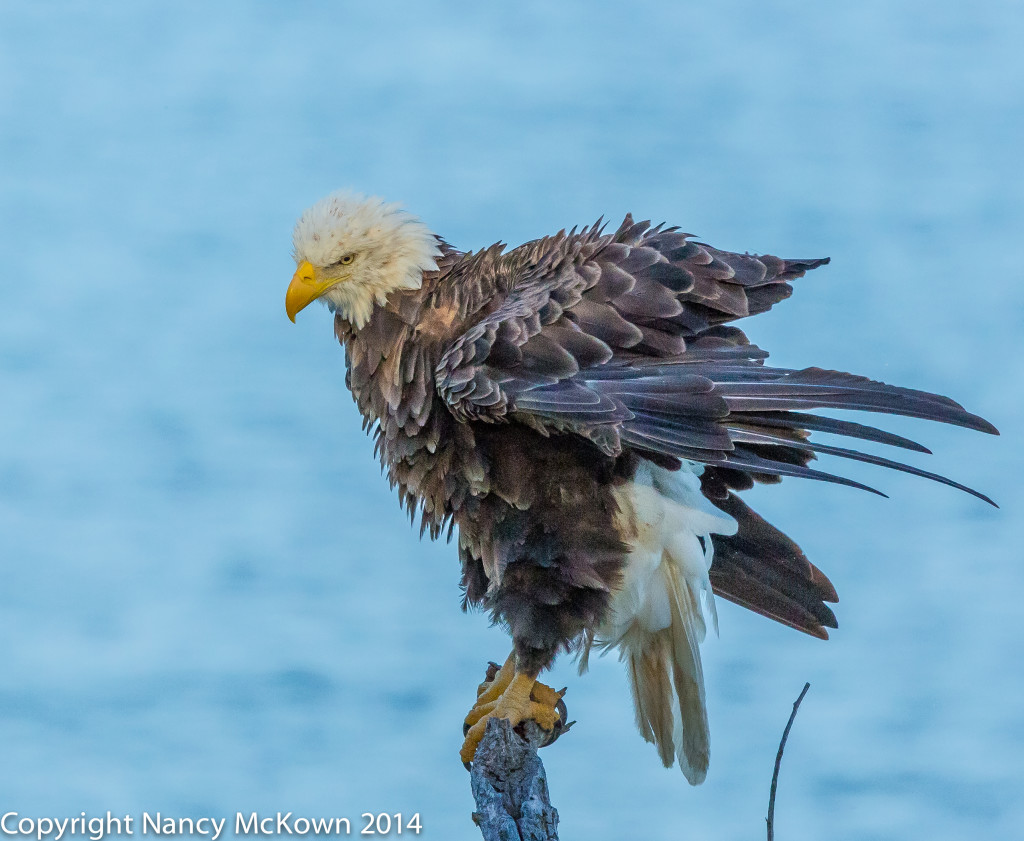
ISO 1250; F/10; 1/2000 Second
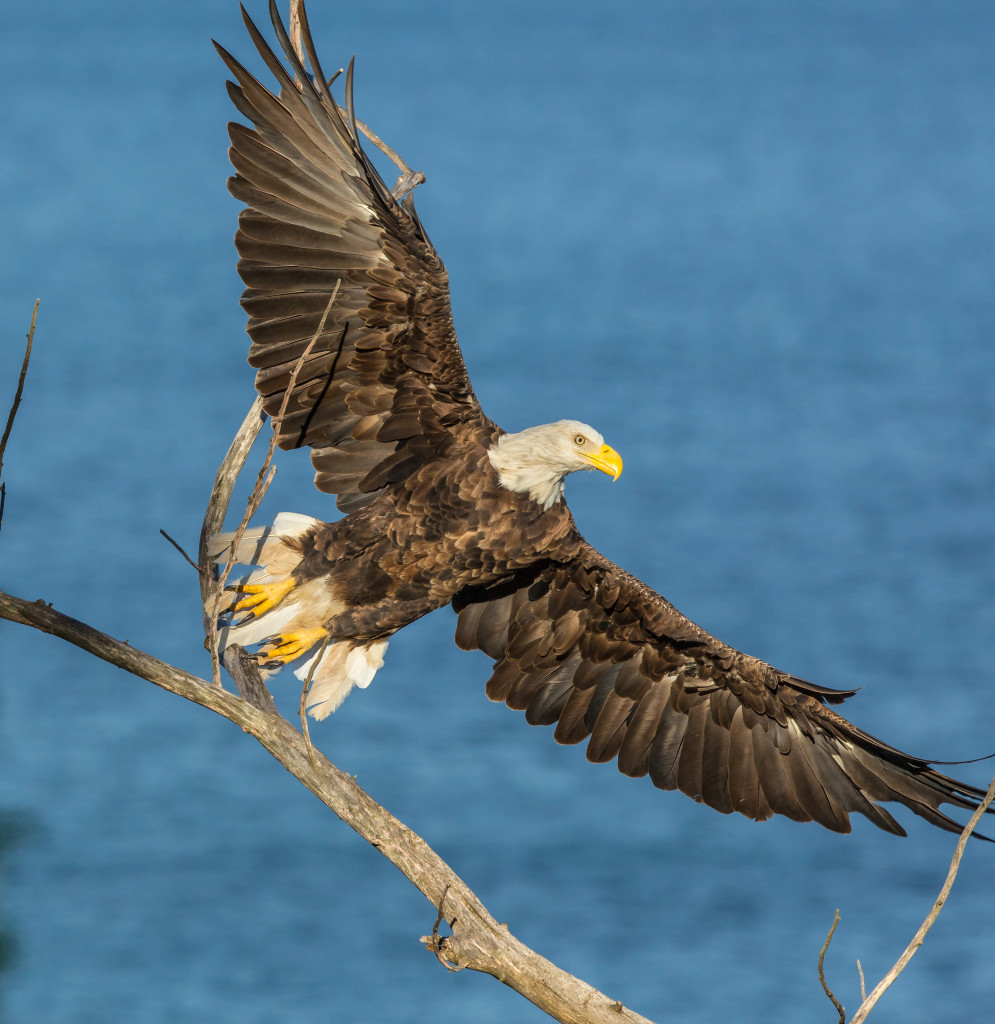
ISO 1000; f/10; 1/2000 Second
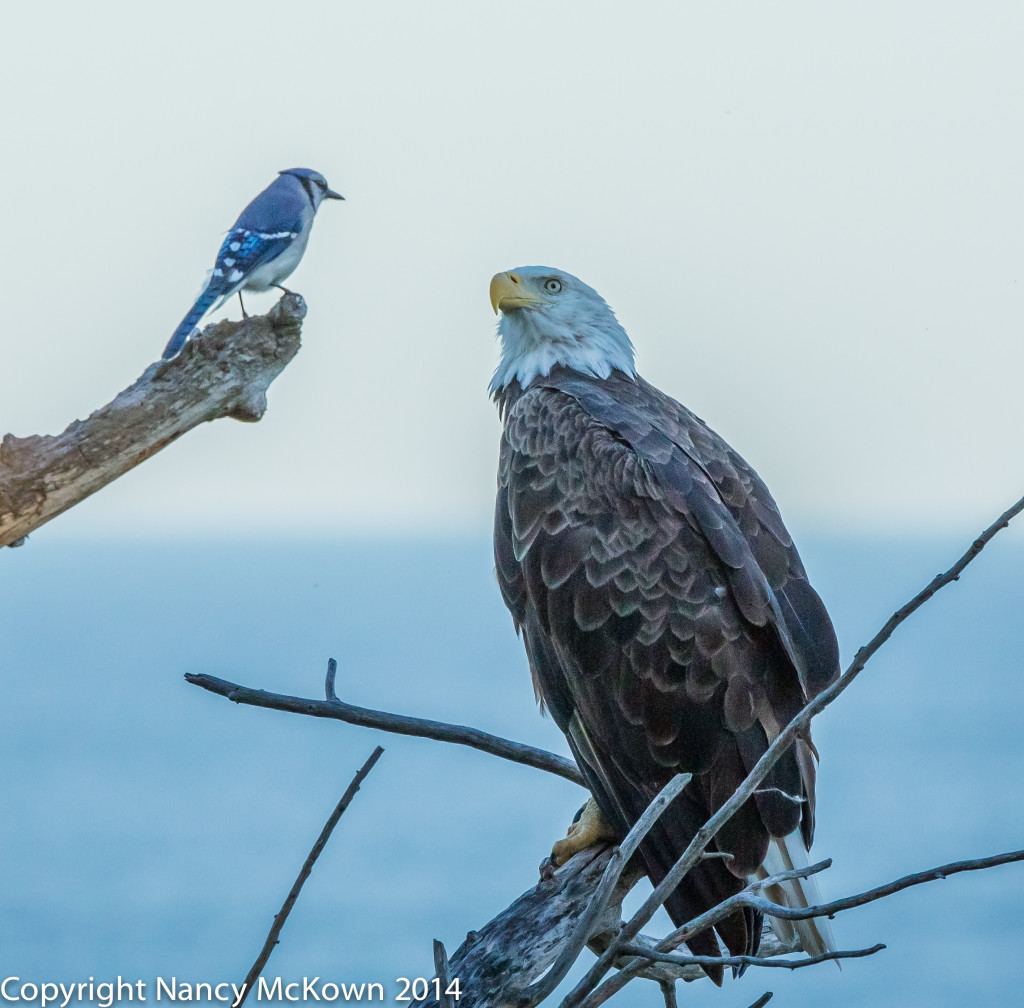
ISO 640; f/10; 1/1250 Second
Zoom Lens v Prime Lens for Bird Photography
For bird photography, I own 300mm and 500mm lenses. I love the quality and precision of prime lenses, but, I have to admit, sometimes I wish I had a quality zoom lens. Canon makes a 200-400 F/4L zoom lens with a built in 1.4x extender, giving the lens a range of 280-560mm (f/5.6) on my DSLR. This means optimal versatility when out in the field photographing birds, especially in situations were it is difficult or unwise to attach or detach an extender. This zoom won’t give me the reach I have with my 500mm with 2x extender attached, but it could replace my 300mm. Something for me to think about if I can get past the sticker shock.
The Canon 200-400 f/4L zoom with IS is not cheap. $11,799. See this B&H link for more information and reviews.
